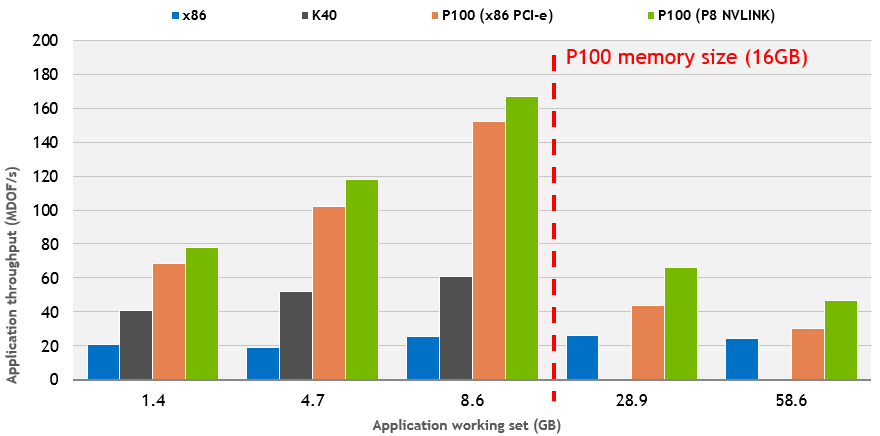Of course not, Razor1 should have been . It runs slow and is not a good solution. Even with two 1070s in Witcher 3 it sucks the frames down for almost zero reason at times. AMD solution works great on NVidia hardware, hairworthless doesn't work great on anything.
actually hair works vs the first iteration of tressfx, hiarworks looked better. Hairworks did have advantages of doing fur and grass which tressFx 1.0 could not do realistically and tressfx 1.0 also didn't have lod (adaptive tessellation) also had issues with self shadowing and shading of the hair strands too. Also didn't work on all renderers (only worked on forward rendering).
Yes not worth talking about. AMD said no tesselation or GS. Vertex in vertex out.
tressfx 1.0 did use tessellation, I think its was 2.0 when they removed that too and had the vertex shader take care of it. Although 2.0 fixed a lot of issues tress fx had, it had a down side too, performance, geometry expansion had issues at times and would cause slow downs in specific tasks with LOD differentials.
It wasn't till tressfx 3.0 where it could really compete with hairworks visuals, performance, and flexibility, now this is why tressfx didn't get much uptake. While most renderers were deffered rendering, tressfx was not useful till tressfx 2.0, which came out so much later than hairworks it didn't matter. Now if you are doing the same amount of vertices though, forget about it, doesn't matter, both hairworks and tressfx have similar performance, now you just won't see the AMD performance cliff with tressfx.
for more info about the differences of the tressfx versions
http://markusrapp.de/wordpress/wp-c...usRapp-MasterThesis-RealTimeHairRendering.pdf
Last edited:
![[H]ard|Forum](/styles/hardforum/xenforo/logo_dark.png)

